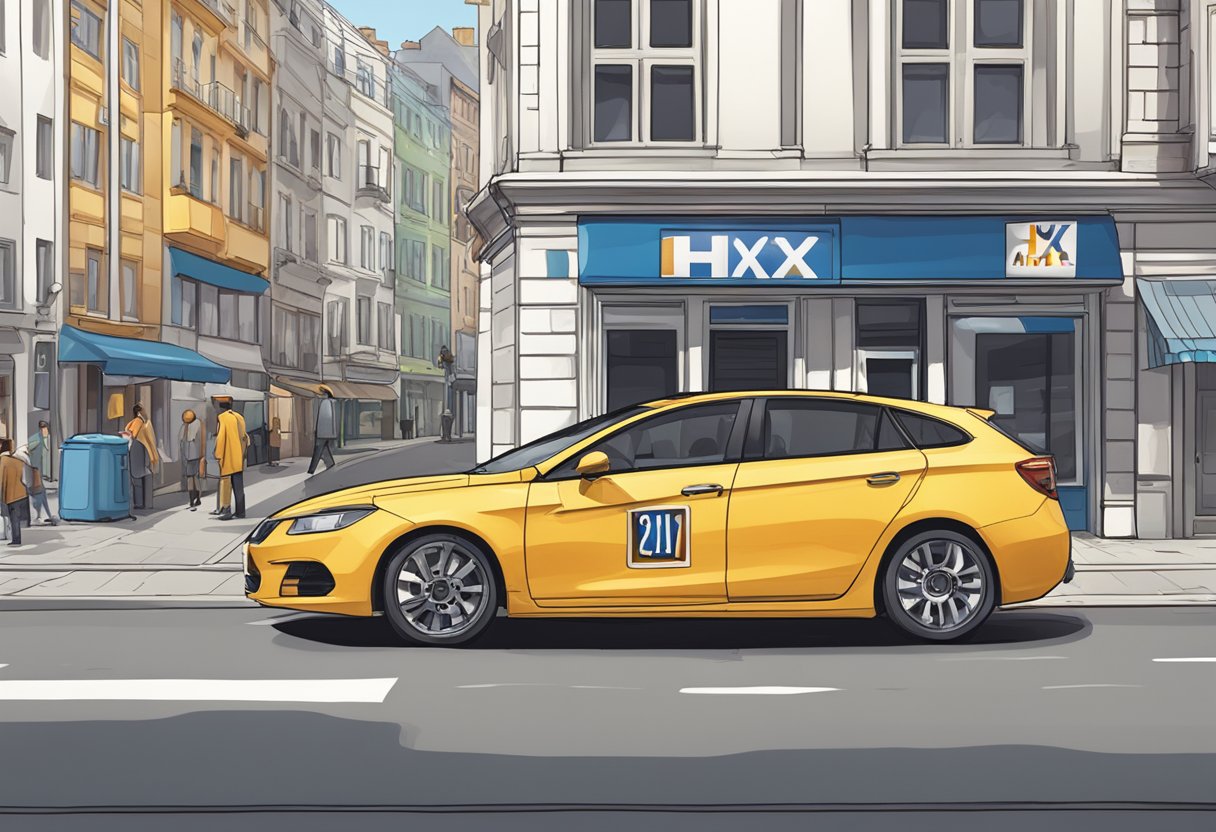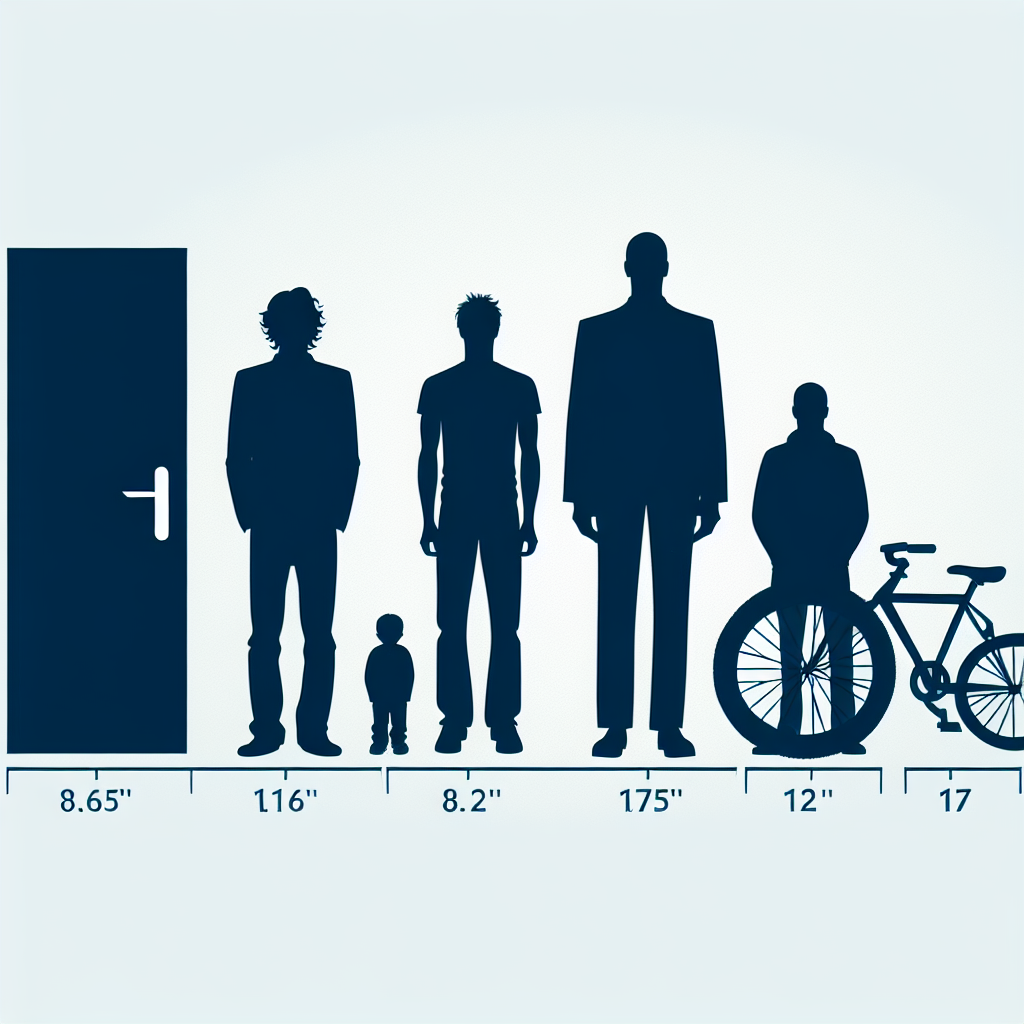Understanding NIO Pricing: A Comprehensive Breakdown
Navigating the complexities of NIO pricing can be overwhelming for potential buyers and investors. This article delves deep into the various factors that influence NIO pricing, helping you to better understand its dynamics and make informed decisions.

Understanding NIO Pricing: A Comprehensive Breakdown
NIO is not just another electric vehicle (EV) manufacturer; it stands at the forefront of innovation in the EV space. However, many potential buyers and investors often grapple with the question: what influences NIO pricing? In this article, we dissect the many elements that affect NIO's pricing structure, providing clarity on a topic that is often shrouded in ambiguity.
Factors Influencing NIO Pricing
1. Model Variations and Features
One of the most decisive factors in NIO pricing is the model itself. NIO offers several models such as the ES8, ES6, EC6, and ET7, each tailored for different market segments. Pricing varies significantly between these models, with the ES8 starting around ¥468,000 (or approximately $70,000) and the ET7 entering the high-end luxury market with a starting price exceeding ¥500,000 (about $75,000).
2. Battery as a Service (BaaS)
NIO's unique Battery as a Service (BaaS) option profoundly influences pricing dynamics. Traditional EVs usually include the battery cost in the vehicle price, whereas NIO separates battery leasing from the vehicle cost. This allows customers to purchase a car at a lower upfront cost while paying a subscription fee for the battery. Customers can choose different battery sizes to suit their needs; smaller batteries lower the initial purchase price, while larger batteries offer longer ranges at a higher monthly fee. Pricing for BaaS varies, but this approach makes NIO more flexible and accessible to a wider audience.
3. Government Subsidies and Incentives
In many markets, including China, government incentives play a significant role in the pricing of electric vehicles. NIO benefits from subsidies aimed at promoting electric vehicle usage, which can lower the effective purchase price for consumers. It's critical to stay informed about these subsidies, as they can change and subsequently impact NIO pricing. For example, a consumer purchasing an ES6 may find its price significantly reduced due to government incentives, making it a more attractive alternative compared to competitors.
4. Market Conditions and Competition
Another essential factor that influences NIO pricing is the broader market environment. The rise of competitors like Tesla, XPeng, and Li Auto creates a dynamic competitive landscape affecting pricing strategies. NIO must constantly adapt its prices to stay competitive. Market trends indicating increasing consumer demand for EVs can lead NIO to raise prices, while slower sales may compel them to lower prices or offer promotions.
5. Supply Chain Costs
Global supply chain challenges, which have been exacerbated by the COVID-19 pandemic, can significantly impact the pricing of NIO vehicles. Fluctuations in the cost of materials—particularly lithium for batteries—can lead to price adjustments. NIO's transparency concerning potential price revisions based on supply chain conditions can influence consumer perceptions and decisions.
6. Technology Upgrades and Innovations
Consumers are often willing to pay a premium for advanced technology, and NIO is committed to innovation. The continuous introduction of new features, enhanced battery technology, and autonomous driving capabilities can lead to price adjustments. As NIO rolls out over-the-air updates regularly, the anticipation of enhanced technology can also affect demand and subsequently pricing.
FAQs About NIO Pricing
1. How much does it cost to buy a NIO vehicle?
The price of NIO vehicles ranges widely, starting from about ¥368,000 for the EC6 and going up to over ¥600,000 for the top models like the ET7. The inclusion of the BaaS model allows for flexible pricing tailored to consumer needs.
2. Are there financing options available for purchasing NIO cars?
Yes, NIO offers several financing and payment options, including traditional car loans and leases. Moreover, the BaaS option allows for reduced initial expenditure by separating battery costs from the vehicle price.
3. What happens if I want to switch my battery with the BaaS model?
Under the BaaS model, NIO provides easy access to battery swaps. Customers can switch their current battery for a different size or capacity at any of NIO's battery swap stations, allowing flexibility based on usage needs.
4. Is there a difference in pricing for the same model in different cities?
Yes, local taxes, registration fees, and government incentives can lead to variations in vehicle pricing from city to city. It's advisable to check local NIO dealerships for specific pricing details.
Conclusion
Understanding NIO pricing requires a comprehensive look into various aspects, from model specifics to external market factors. As consumers become more educated about the nuances of EV pricing, NIO's offerings remain compelling due to their innovative approach and commitment to excellence. Keep these factors in mind as you navigate your NIO purchase or investment, ensuring that you make the most informed decision possible in an ever-evolving automotive landscape.
New posts

BYD Seal: Unraveling the Future of Electric Mobility
Sustainability

Everything You Need to Know About NIO Registrations: A Comprehensive Guide
Sustainability

Exploring the Ford VW MEB Platform: A Deep Dive
Volkswagen

Understanding the Model X Refresh: What You Need to Know
Tesla

Everything You Need to Know About the Xiaomi Car: Specs, Features, and Market Impact
Xiaomi

Understanding Model Y Wait Times: What to Expect in 2023
Tesla

Exploring AI Day at Tesla: Innovations, Insights, and Future Prospects
Tesla

Understanding the Zeekr X Price: What You Need to Know
Electric Vehicles

Understanding the Tesla Model Y Performance: A Comprehensive Guide
Tesla

Exploring the Spaciousness of the Model Y Trunk Space: Everything You Need to Know
Tesla
Popular posts

Unlocking the Future of Energy: CATL Sodium Ion Battery Explained
Sustainable Solutions

Unlocking the Future: BYD Solid State Battery Technology Explained
Innovation

Tesla Market Share: Current Trends and Future Projections
Tesla

Exploring the Spaciousness of the Model Y Trunk Space: Everything You Need to Know
Tesla

Understanding Model Y Wait Times: What to Expect in 2023
Tesla
Exploring BYD Track: Insights, Benefits, and Key Features
Sustainability

Understanding CNEVPost: What You Need to Know
Technology Trends

Exploring the Neta GT: Features, Specifications, and Insights
Sustainability

Everything You Need to Know About Tesla FSD v12
Tesla

The Rise of BYD in Costa Rica: A Comprehensive Analysis
Sustainability